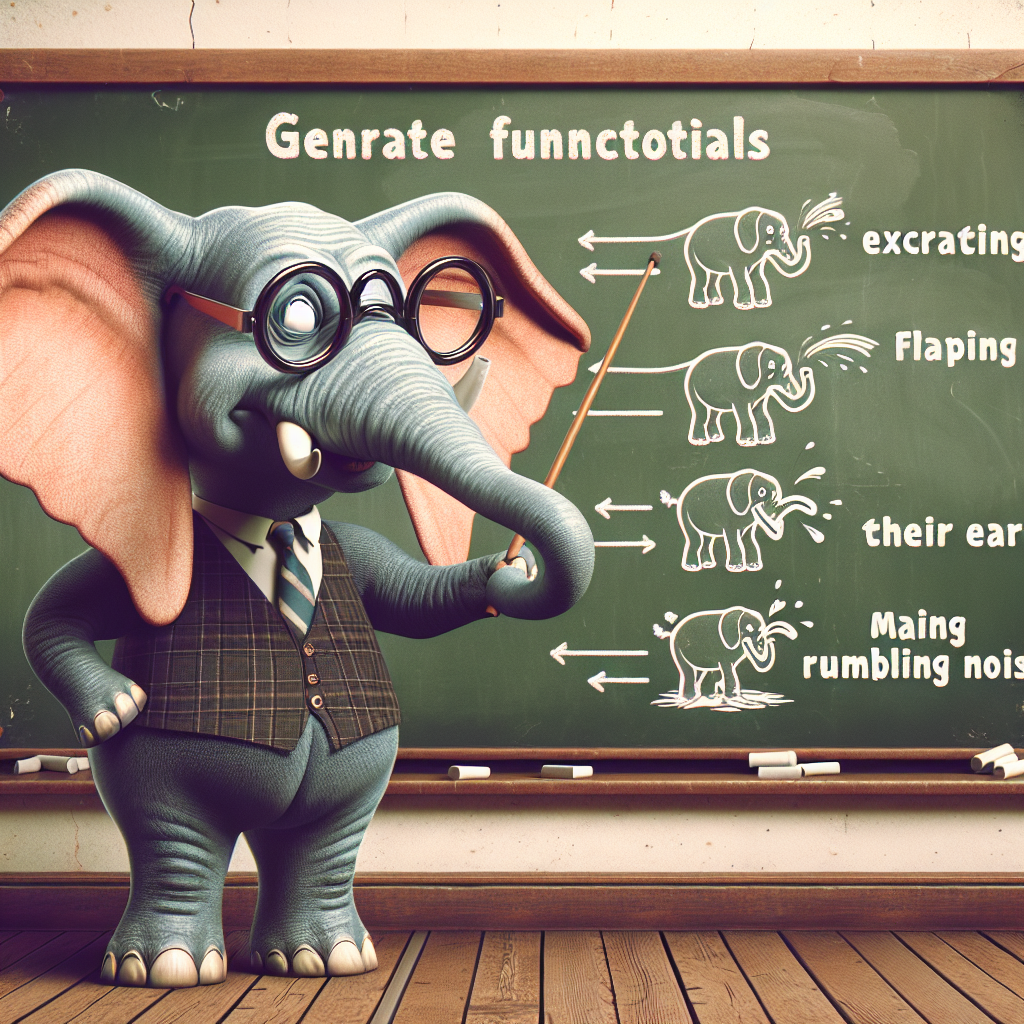You must log in or register to comment.
Summary made by Fabric’s Wisdom Extractor
SUMMARY:
The paper, authored by Naoki Nomura, Koichiro Matsuno, Tomoaki Muranaka, and Jun Tomita, explores timing adjustment in living organisms, emphasizing the distinction between external observations of timing and organisms’ internal decisions on when to act. It introduces concepts like upbeat/downbeat in music as analogies for predicting future actions and the E-series time, derived from semiotic/communicative perspectives, to demonstrate timing as a communicative, anticipatory, and meaning-entailing system.
IDEAS:
- Timing is crucial for organisms to act appropriately in their environments, yet traditional notions of time may not apply internally to these organisms.
- Organisms integrate time with actions rather than perceiving it as an independent entity.
- The concept of E-series time involves timing co-adjusted through interaction, contrasting with objective or subjective time.
- Upbeat/downbeat analogies from music help explain organisms’ anticipatory actions.
- Organisms’ timing decisions are based on internal models or maps of their environment, rather than predetermined schedules.
- The interaction between organisms, such as bumble bees and plants, can demonstrate anticipatory behavior and communication, leading to mutual benefits.
- Timing in organisms involves a continuous process of learning and adaptation through trial and error.
- The paper suggests that biological timing systems are fundamentally different from mechanical clocks, emphasizing communication and internal adjustments.
QUOTES:
- “Timing adjustment is an important ability for living organisms.”
- “For us humans, time independently exists regardless of one’s being or acting.”
- “Our research team has been exploring avenues to the comprehensive time theory that covers biological behaviors.”
- “Without sensing some type of distinction or difference, it is difficult to attain meaning or information.”
- “Anticipation in this sense is not the projection of a definite outcome but a readiness to interpret emerging novelty.”
- “Bumble bees damage plant leaves and accelerate flower production when pollen is scarce.”
- “Timing (v.) is organizational because upbeat together with downbeat pick up momentum to organize the subsequent actions to follow.”
- “Biological systems are actuated with meaning and time in the E-series as a meaning procreator is synonymous with organizational.”
- “Unlike physical movements, the movement for time-ing accompanies the crossing between the different tenses.”
FACTS:
- Wild animals, plants, and humans must decide the optimal moment for actions like catching prey, blooming, or social interactions.
- E-series time involves timing co-adjusted through interaction, essential for activities like singing in a chorus or birds flying in formation.
- Upbeat/downbeat and command/report functions are used to explain timing adjustment in organisms, linking them to anticipation and future actions.
- Learning in organisms is a process of continuous improvement through trial and error, different from the static behavior of machines.
- The interaction between bumble bees and plants underlines the anticipatory and communicative nature of timing adjustments in the biological realm.
REFERENCES:
- McTaggart’s philosophical time series and its application to biosemiotics.
- The musical concept of anacrusis (upbeat) as a model for understanding anticipatory behavior in organisms.
- Studies on bumble bees damaging plant leaves to accelerate flowering, illustrating inter-species communication and anticipatory behavior.
- Concepts like quorum sensing in bacteria, illustrating timing and communication at the microbial level.
RECOMMENDATIONS:
- Consider the applicability of E-series time in understanding cooperative and communicative behaviors across different species.
- Explore the role of internal models or maps in organisms’ timing decisions, highlighting the significance of internal vs. external time perception.
- Investigate the implications of timing adjustments on evolutionary processes and inter-species relationships.
- Further research into how anticipatory behavior and timing adjustments contribute to the resilience and adaptability of biological systems.
- Study the potential for applying concepts from timing in organisms to improve human-designed systems, emphasizing flexibility and adaptability.


